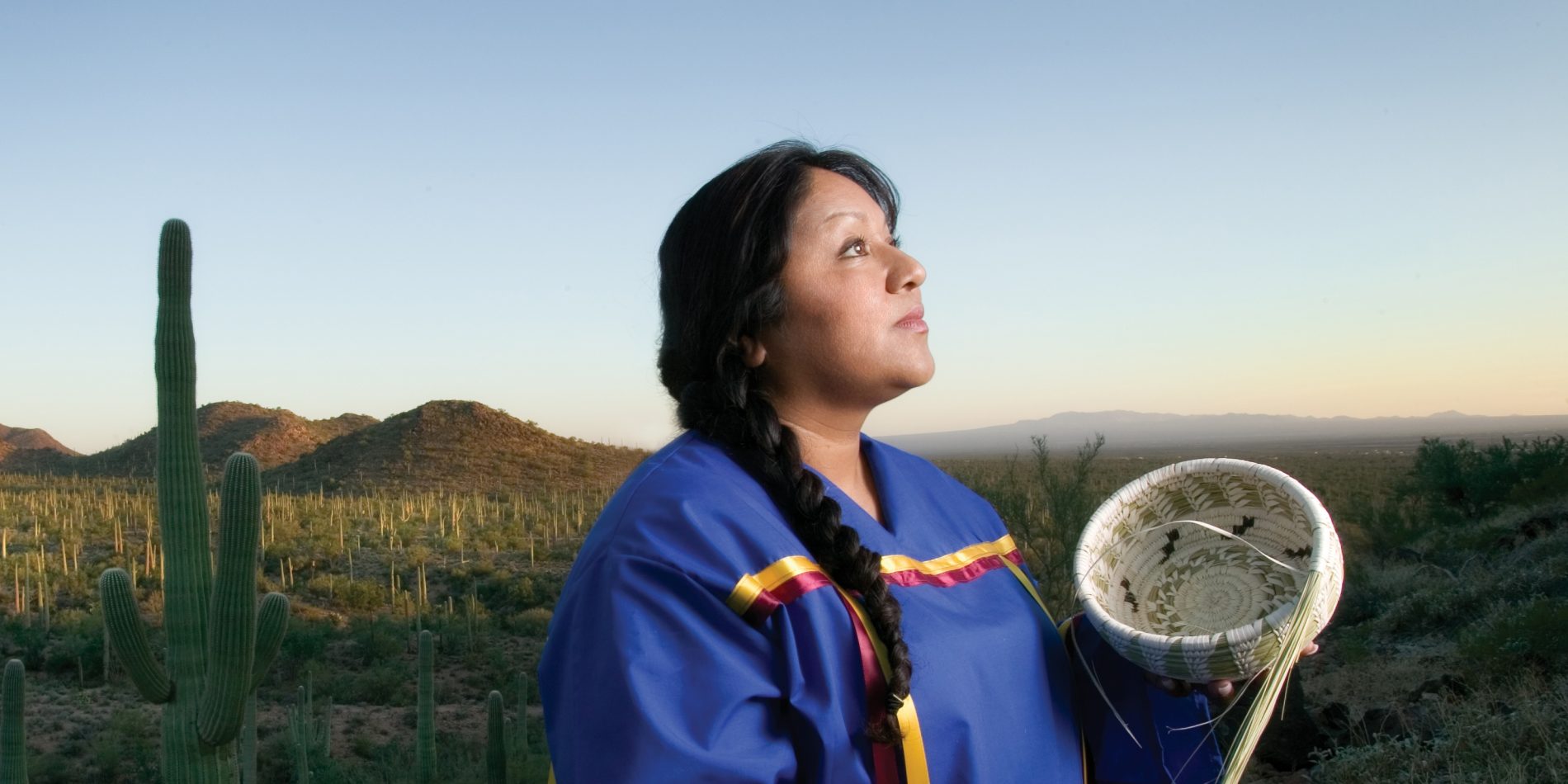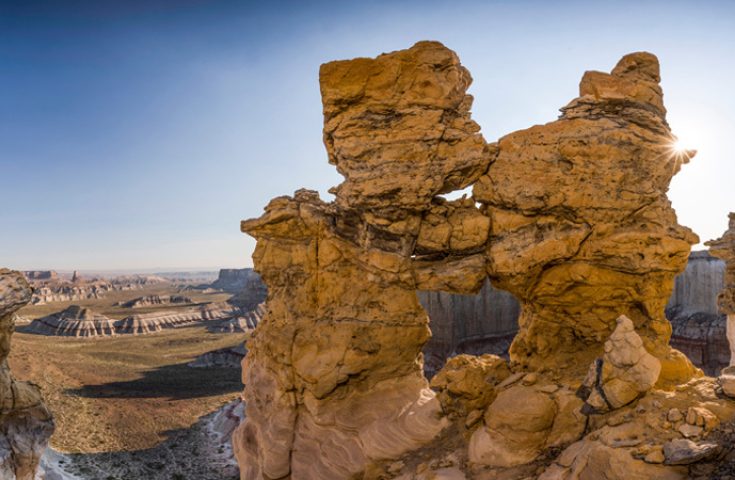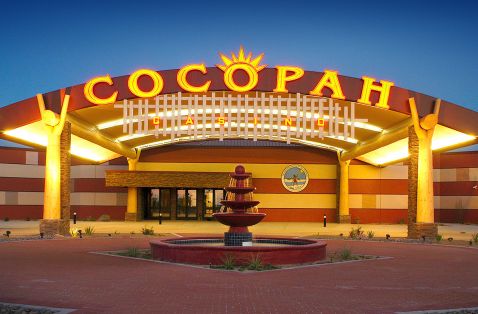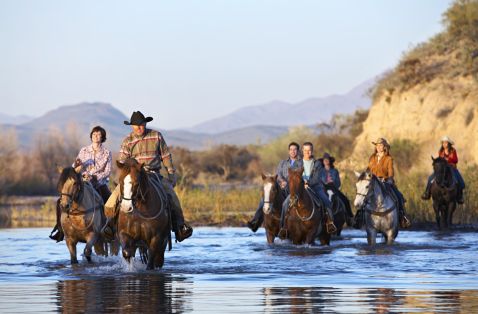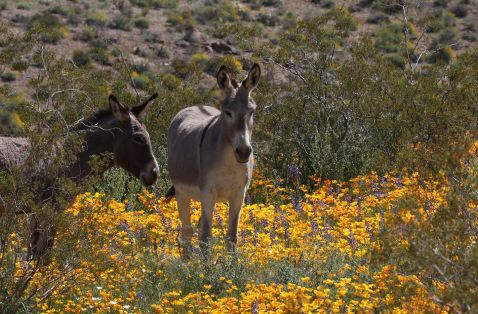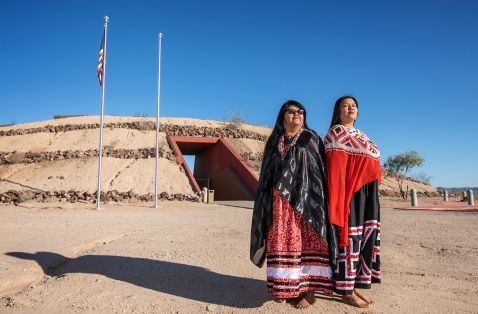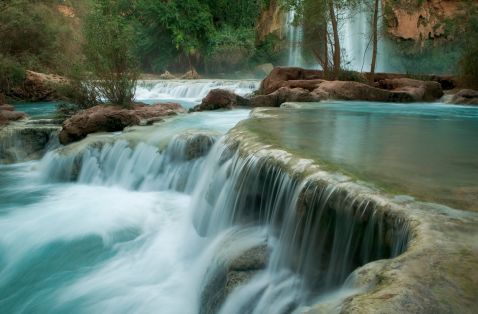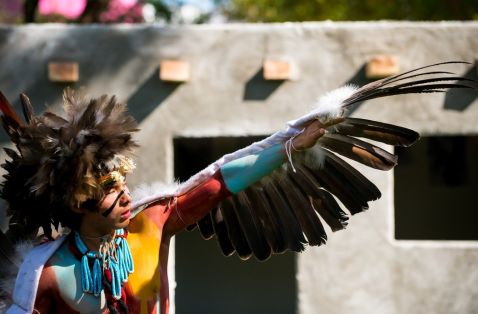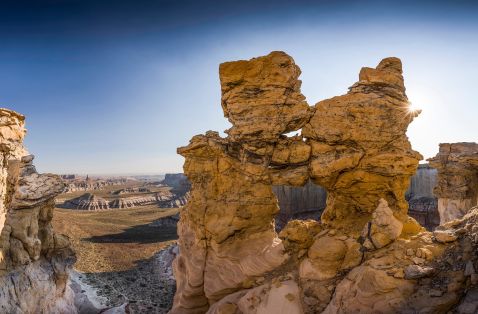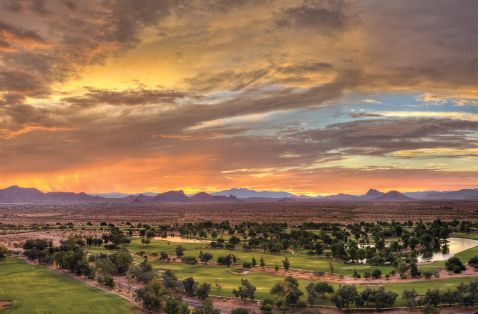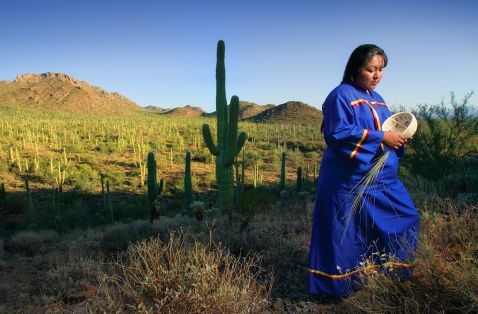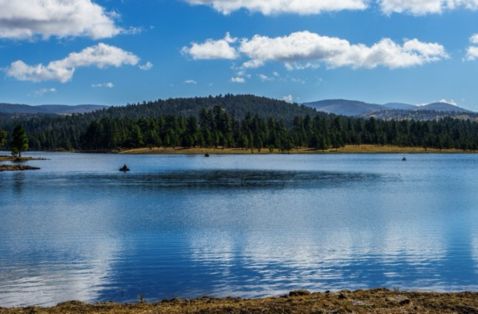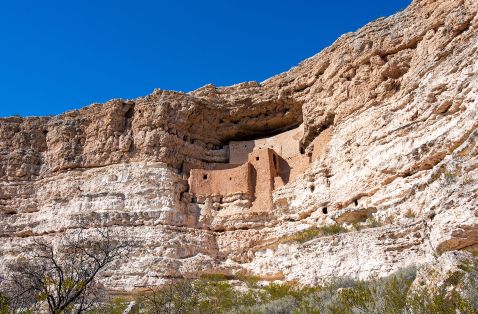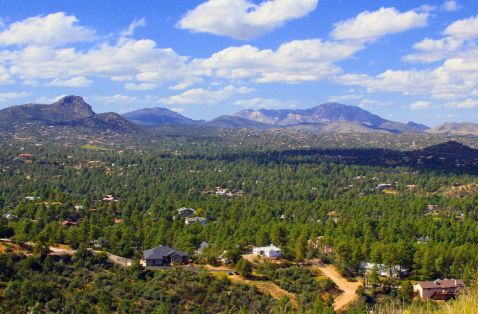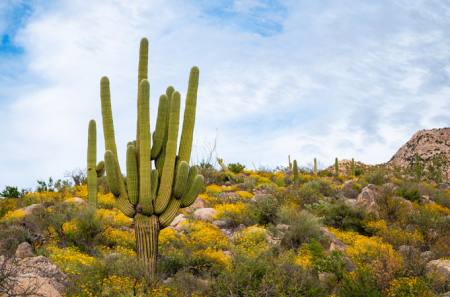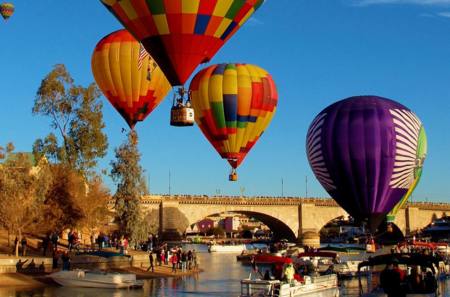History & Heritage
Visiting American Indian Tribal Lands in Arizona
Discover the rich history and traditions of the native communities in Arizona, where art and culture continue to be a major influence throughout the state.
American Indian Tribal Lands
Indigenous people inhabited what became Arizona more than 12,000 years ago. Today, 22 American Indian communities preserve their cultures and traditions on land that accounts for one-quarter of Arizona. From the Navajo Nation in the high country—the largest reservation in the United States—to picturesque areas along the fertile flood plains of the Colorado River, the forests of central Arizona and the vibrant Sonoran Desert of Southern Arizona, American Indian communities share unique cultural experiences with visitors.
Big events
Most road trips and scenic drives in the state offer an opportunity to connect with indigenous culture. Some of the most popular cultural attractions take place near stunning natural wonders and manmade landmarks such as the ancient pueblo dwellings on the Navajo Nation in the north and Mission San Xavier del Bac on the Tohono O'odham Nation in the south.
On these sacred lands, the state's cultural tapestry is on display at powwows, art markets and other annual celebrations hosted by American Indian communities. See the pageantry and skill of tribal dancers and musicians and discover authentic artworks that preserve the traditions of each group such as Zuni stone fetish carvings, Navajo rugs, Hopi kachina dolls and Papago basketry.
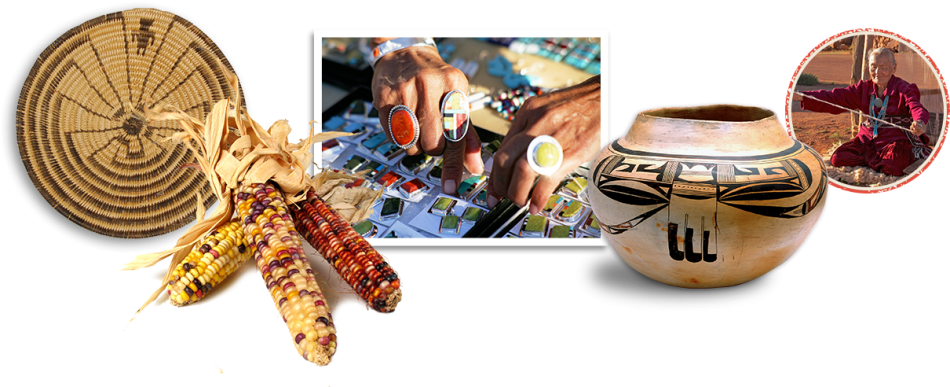
Museums and cultural centers
Many tribes operate museums to share their traditions with visitors. The Navajo Nation Museum, Hopi Cultural Center and other cultural centers throughout the state are excellent options for travelers interested in history, art and culture. Internationally known museums also preserve the heritage of the state's tribes.
Heard Museum in Phoenix showcases stories inclusive of all American Indian tribes in the state and hosts the annual Indian Fair & Market and World Championship Hoop Dance Contest. The Museum of Northern Arizona in Flagstaff focuses on the high-desert and Colorado Plateau tribes, with artifacts and contemporary collections representative of Navajo, Hopi, Zuni, Apache, Pueblo and Havasupai tribes. Arizona State Museum in Tucson and Amerind Museum in Dragoon preserve the artistic heritage of Southern Arizona's native cultures.
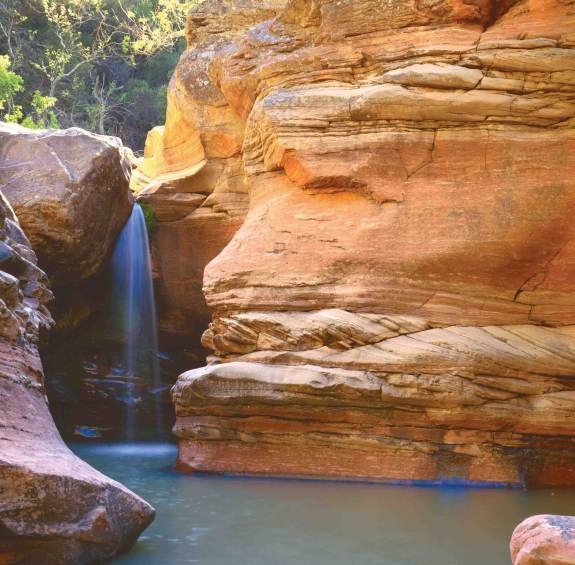
Basic tips for traveling on Tribal lands
ROAD CONDITIONS
All U.S. highways, state roads and main tribal roads are paved. Secondary roads are usually graded and graveled; however, travel off recognized and numbered roads is strongly discouraged. Inquire locally about road conditions.
SERVICE
Keep your gas tank full, and be sure to check fluid levels. It can be a very long way between service stations.
WEATHER
Be prepared for anything. Winters can produce snow six feet deep. Summer temperatures are often over 100 degrees. After hard rains, normally dry washes often become roaring streams from storms that are miles away. Never attempt to cross a running creek. Some areas (usually marked with warning signs) are prone to dust storms. If caught in a dust storm, try to find a place to get off the road.
Before you go
Access to tribal lands differs among the American Indian communities in Arizona. Many tribes welcome visitors to experience their cultural ceremonies, while others limit visitation to commercial areas. When visiting, remember the following:
- Each reservation operates under its own government and its own rules for visitors.
- Sacred areas and graveyards are restricted areas and are not open to the public.
- Alcohol is not tolerated except in designated areas such as casinos.
- Protecting the integrity of Arizona’s tribal lands and iconic natural beauty is more important than ever. Follow these seven principles to leave no trace as you explore.
Research the tribal land you plan to visit before your trip to make sure your group respects specific regulations pertaining to taking photos and attending ceremonial events.
Information on purchasing authentic arts and crafts is available from the Indian Arts and Craft Board and the Indian Arts and Crafts Association. For specific information, contact the individual tribe(s) prior to your visit.
Road Trips
Touring Tribal Lands in Arizona
From cultural etiquette to tour suggestions, here's everything you need to know about visiting the many tribal communities in Arizona.
Ak-Chin Indian Community | Visit Arizona
Visit this traditional desert farming community south of Phoenix.
Cocopah Indian Tribe
Just south of the city of Yuma, discover the Cocopah culture that has thrived for generations.
Colorado River Indian Tribes
The Colorado River creates a vibrant backdrop on tribal lands south of Parker downriver to I-10.
Fort McDowell Yavapai Nation
On the far-east side of Greater Phoenix, explore a tranquil setting where Yavapai people have lived for thousands of years.
Fort Mojave Indian Tribe
Tour vast tribal lands that span three states along the Colorado River.
Fort Yuma-Quechan Tribe
Find ties to indigenous culture and agricultural history along the Colorado River north of Yuma.
Gila River Indian Community
Pima and Maricopa cultures unite on the southern fringe of the Greater Phoenix area.
Havasupai Tribe
Head to the South Rim of the Grand Canyon to explore the remote homelands of the “People of the Blue-Green Water.”
Hopi Tribe
Hopi tribal lands are sacred regions that require a bit of effort to visit. Discover how to explore this special place and leave with a deeper...
Hualapai Tribe
See the Grand Canyon from a different perspective on the lands of the Hualapai Tribe.
Kaibab Band of Paiute Indians
Visit tribal villages located on a plateau north of the Grand Canyon.
Navajo Nation
Covering more than 27,000 square miles of desert landscape around the Four Corners region, Navajo Nation has many treasures to explore.
Pascua Yaqui Tribe
Explore the scenic lands and culture of the Pascua Yaqui Tribe near Tucson.
Salt River Pima-Maricopa Indian Community
Think big when visiting the attractions offered by two tribes that have been connected for generations.
San Carlos Apache Tribe
Discover an entertainment destination east of Phoenix that offers gaming, golf, fishing and hiking.
San Juan Southern Paiute Tribe
Explore the Southern Paiute community in and around Tuba City, Arizona.
Tohono O'odham Nation
Visit the ancestral lands of people who continue to thrive in the vast deserts southwest of Tucson.
Tonto Apache Tribe
Discover indoor and outdoor playgrounds in Arizona’s Mogollon Rim Country.
White Mountain Apache Tribe
Explore natural wonders and cultural attractions on tribal lands in Arizona’s scenic White Mountains.
Yavapai-Apache Nation
Tour prehistoric sites nestled along water sources in Central Arizona’s Verde Valley.
Yavapai-Prescott Indian Tribe
Head to the mile-high city of Prescott to explore Arizona’s Indigenous and pioneer history.
Zuni Pueblo
Find cultural ties to Ancestral Puebloan people known for their intricate rock carvings.
